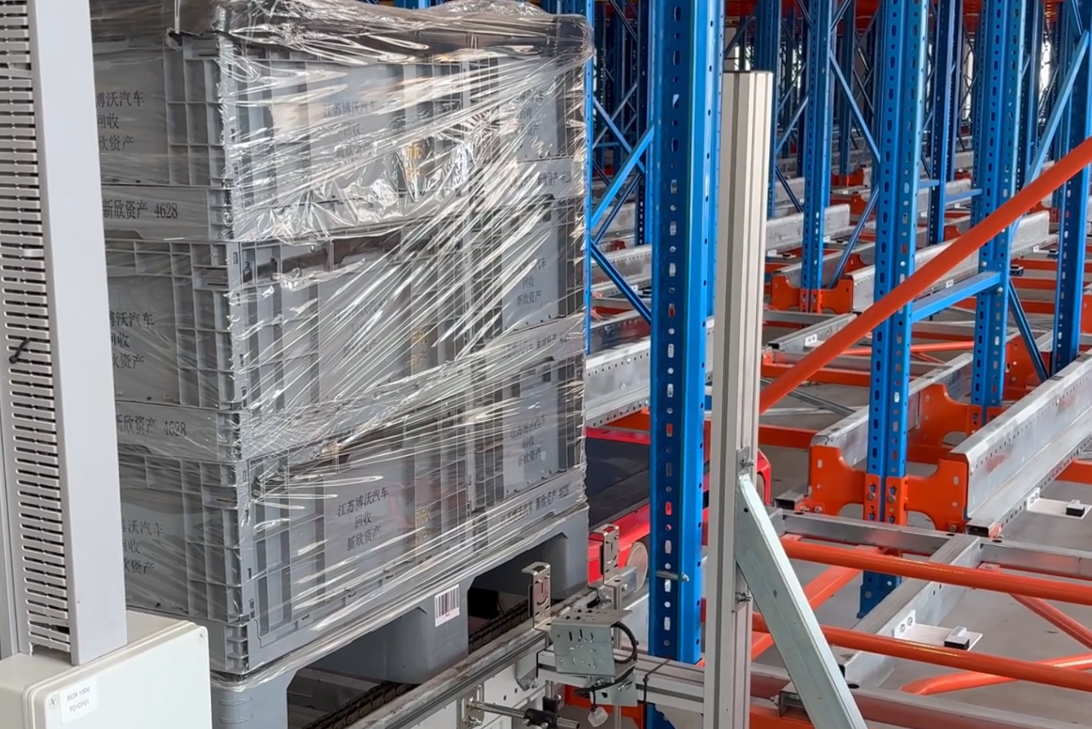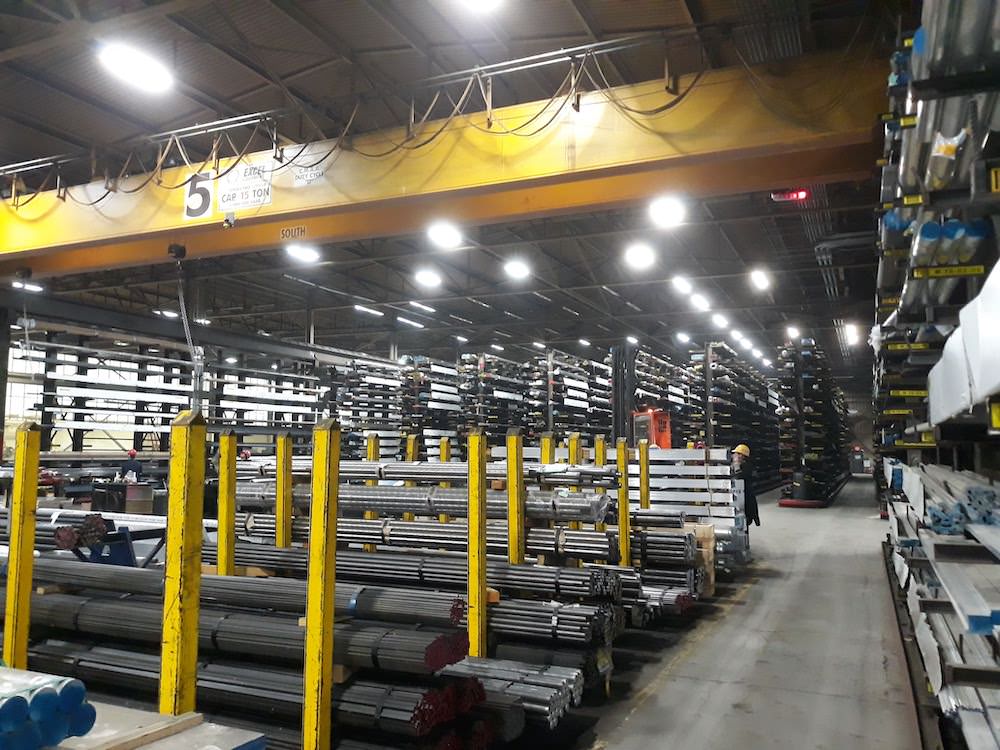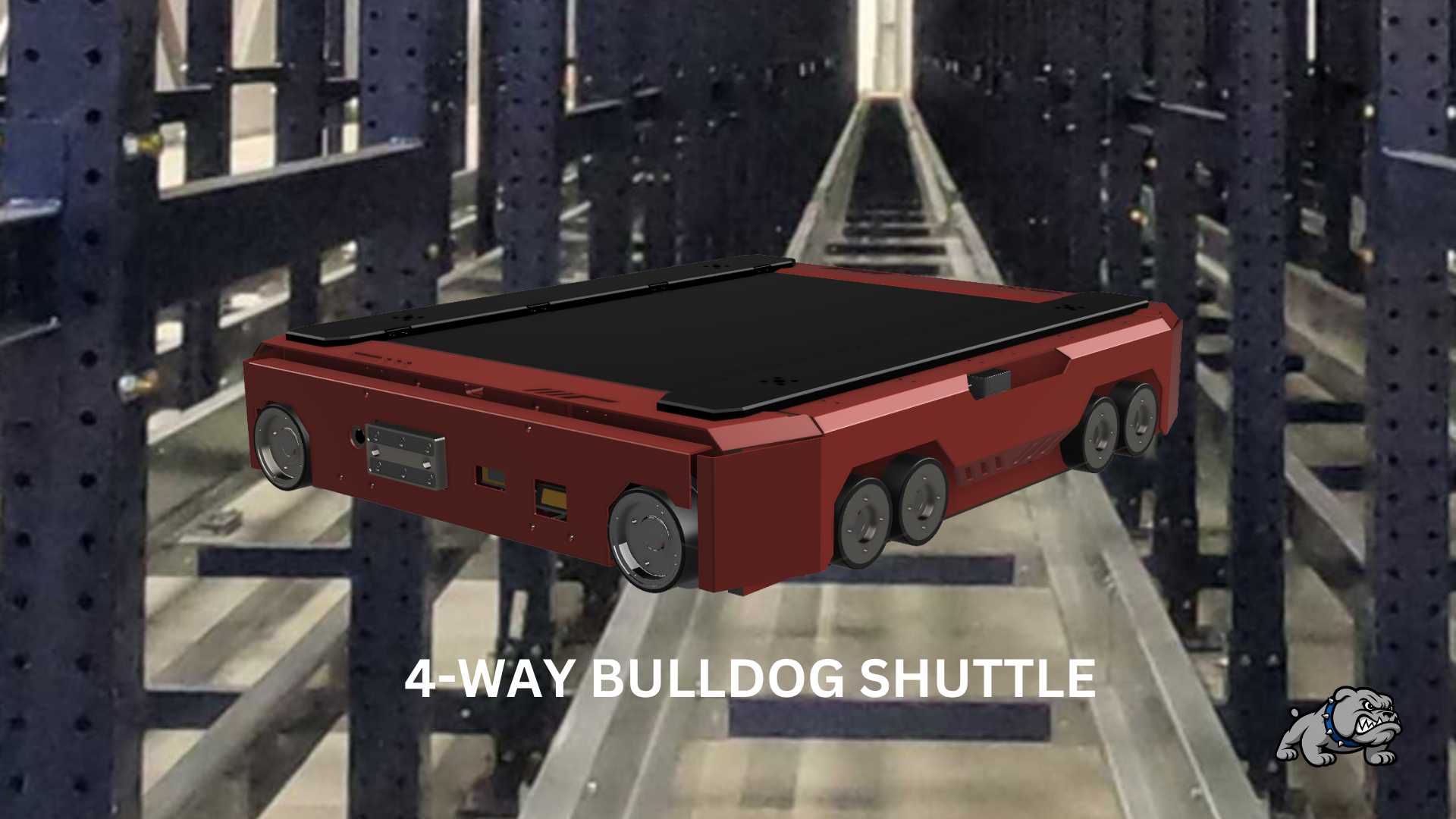


In the race toward warehouse automation, China has sprinted ahead with widespread adoption of four-way shuttle systems. These agile, multi-directional robots are transforming high-density storage and fulfillment operations across industries. Meanwhile, North America lags behind—often relying on legacy systems or slower vertical lifts. So what’s driving China’s dominance, and how can U.S. operators benefit from catching up?
In the race toward warehouse automation, China has sprinted ahead with widespread adoption of four-way shuttle systems. These agile, multi-directional robots are transforming high-density storage and fulfillment operations across industries.
Meanwhile, North America lags behind—often relying on legacy systems or slower vertical lifts. So what’s driving China’s dominance, and how can U.S. operators benefit from catching up?
China’s urban industrial zones face extreme land constraints. Four-way shuttles allow for ultra-dense storage—up to 18 vertical layers—without sacrificing throughput. This makes them ideal for maximizing cubic space in tight footprints.
Chinese automation firms that produce shuttle systems at scale, driving down costs and enabling rapid deployment. Domestic competition fuels innovation and affordability.
China’s national strategy for intelligent manufacturing and logistics has incentivized automation. Tax breaks, subsidies, and pilot programs have accelerated adoption across sectors from e-commerce to energy.
Chinese integrators are known for fast prototyping and tailored deployments. Whether it’s lithium battery storage or omnichannel retail, four-way shuttles are customized for throughput, SKU mix, and space constraints.
Advantage |
Impact for North American Warehouses |
|---|---|
| Scalable Density | Enables vertical expansion without new real estate |
| Flexible Routing | Shuttles move in all directions—ideal for SKU variety |
| Modular Growth | Systems can start small and scale with demand |
| Labor Optimization | Reduces reliance on manual picking and forklifts |
| Faster ROI | High throughput and space savings accelerate payback |
Four-way shuttle systems aren’t just about robots—they’re about rethinking space, speed, and scalability. China’s success shows what’s possible when automation meets strategic intent. For North American operators, the opportunity isn’t just to catch up—it’s to leap ahead by learning from the pioneers. This is reshoring at its best!




© Copyright 2025 All rights reserved.